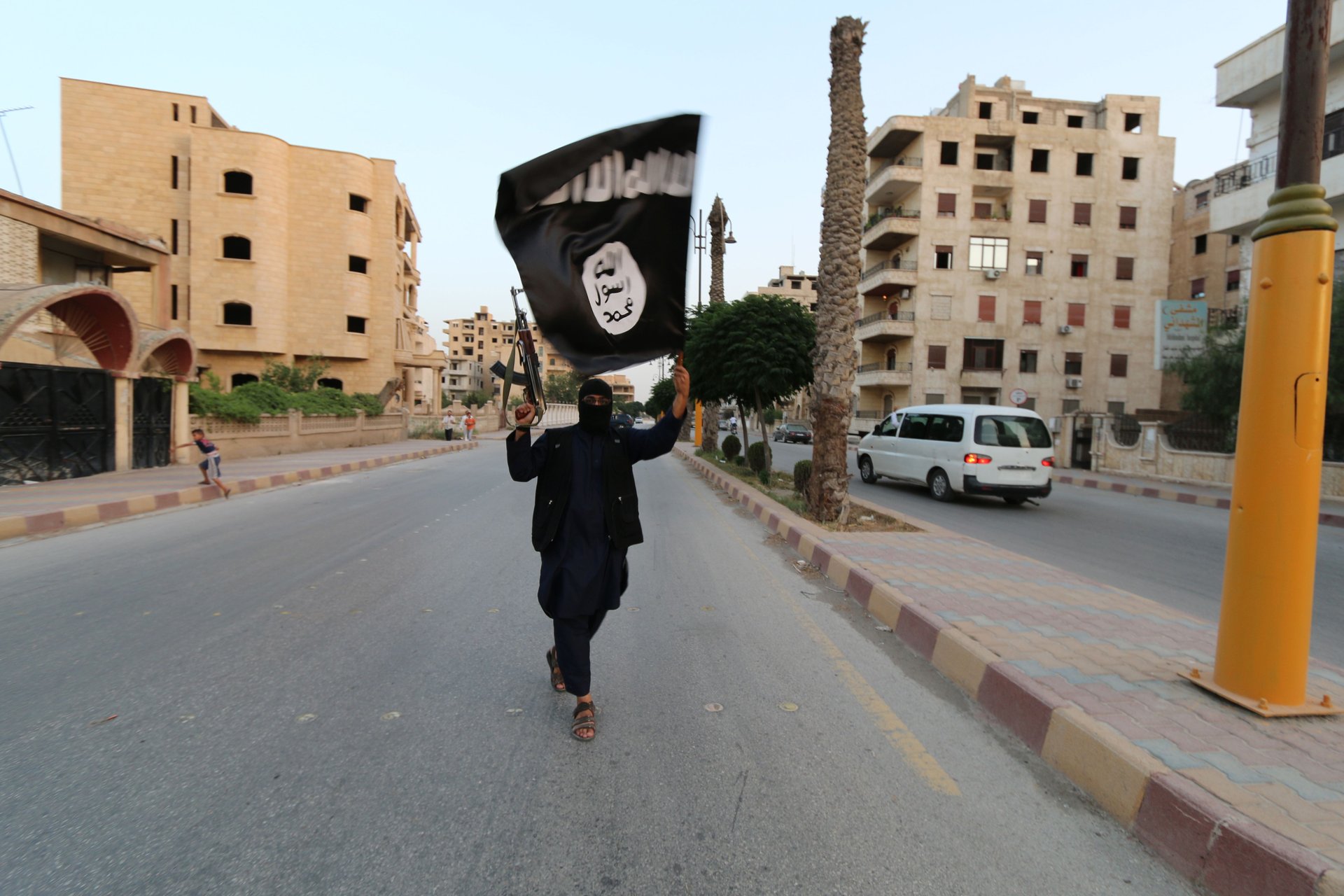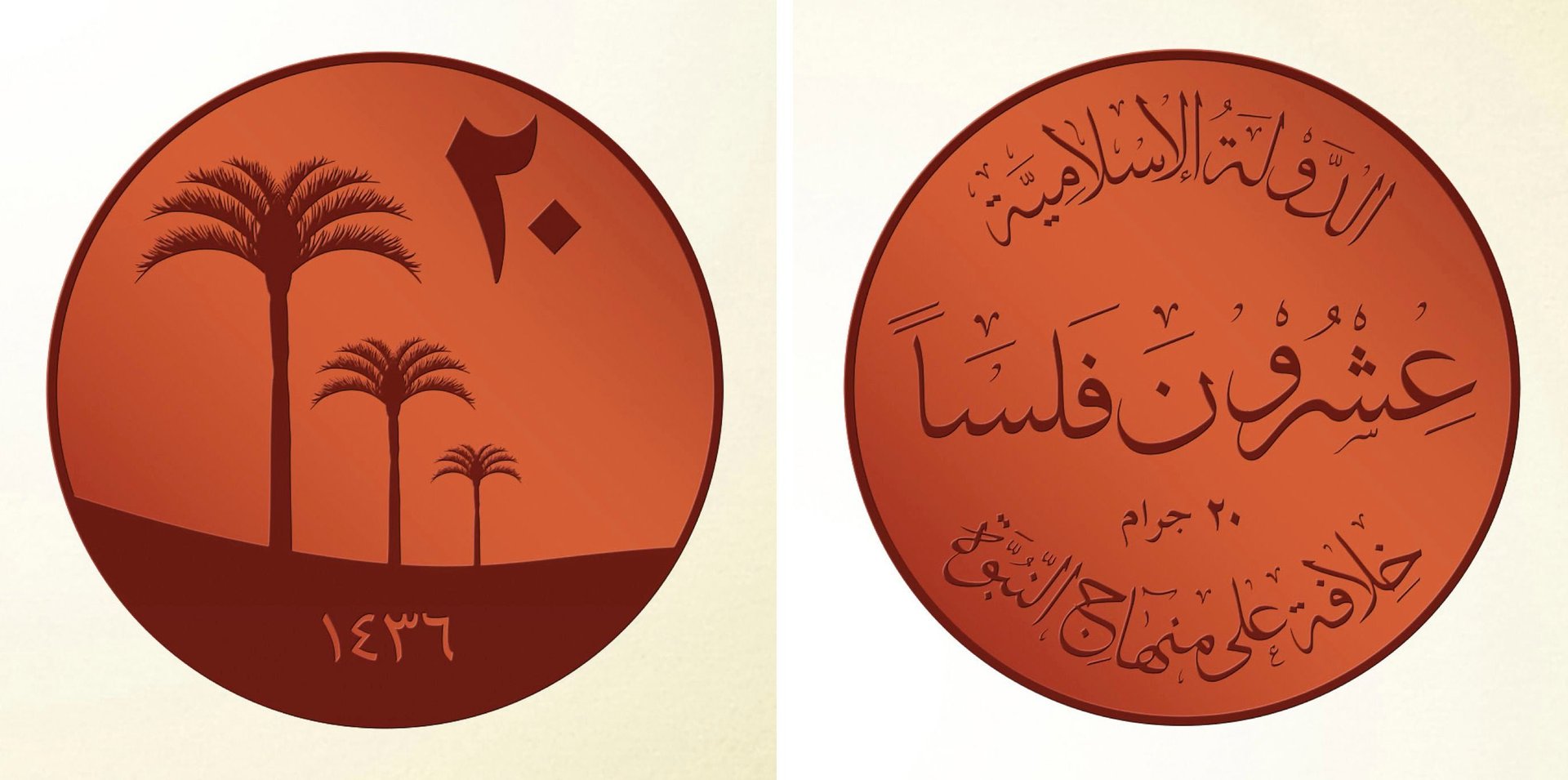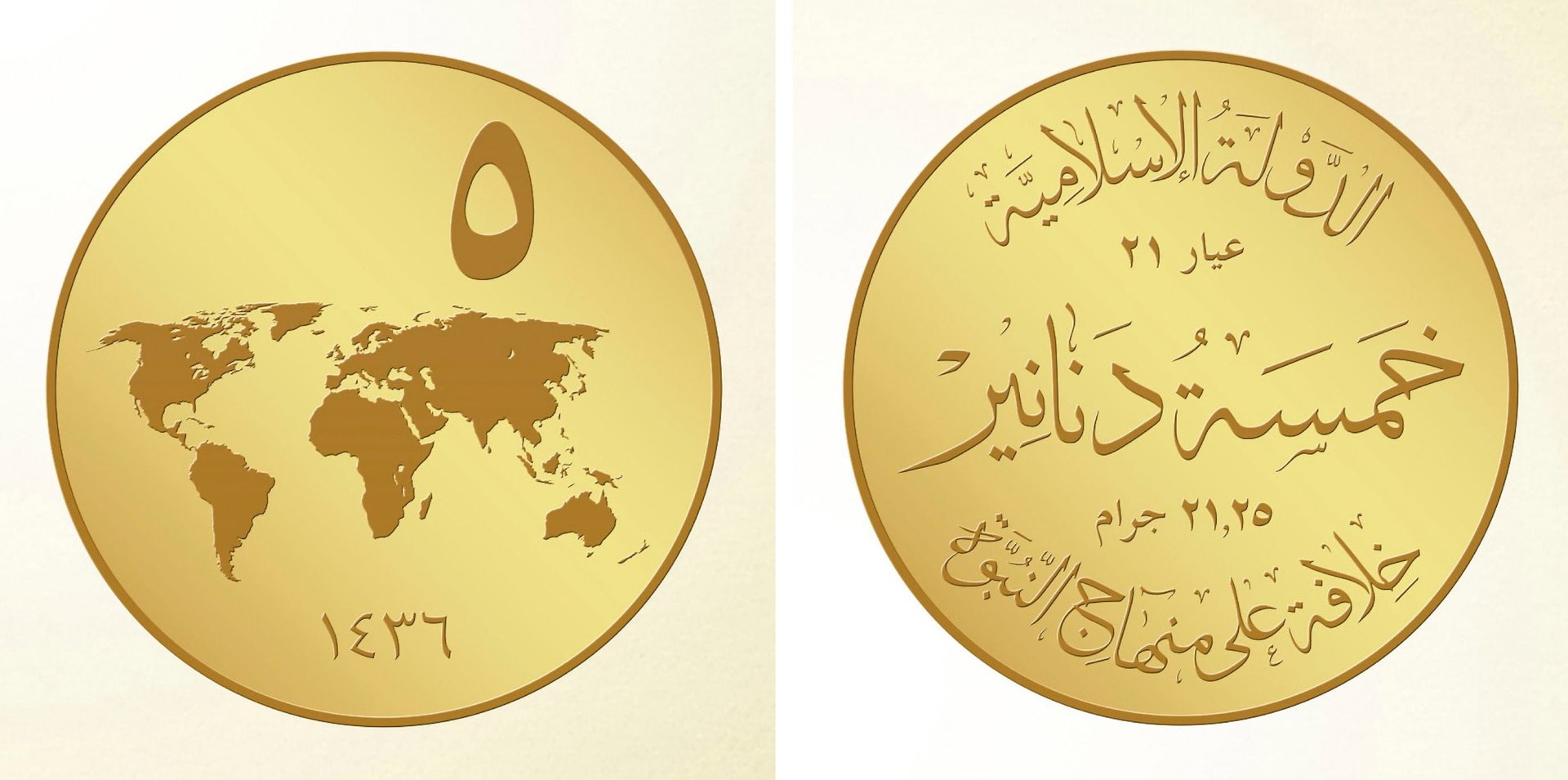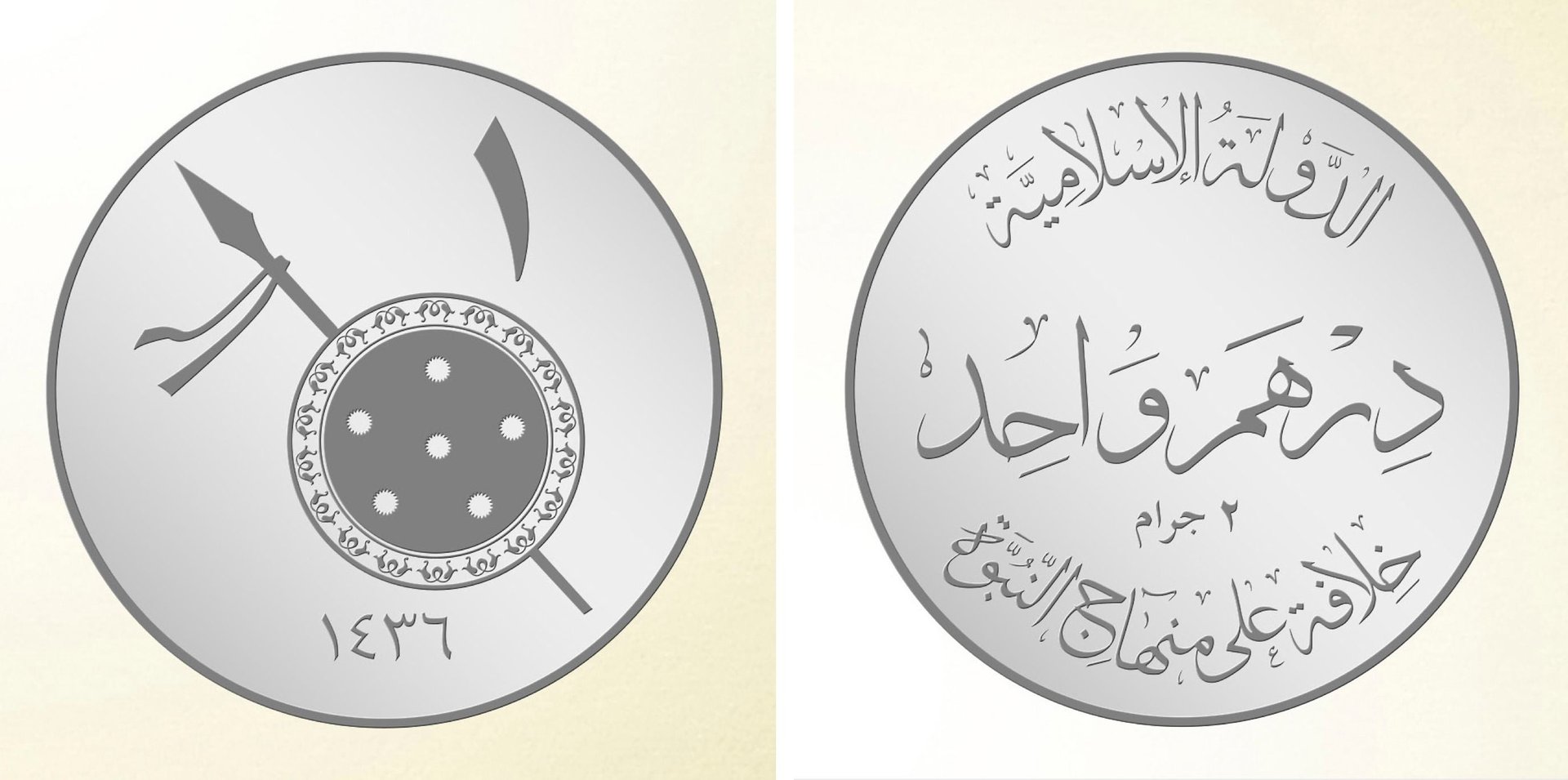As ISIL launches one, a short guide to creating your own currency
Earlier this week, ISIL announced it will begin issuing its own currency in the areas of Iraq and Syria that it controls, to “emancipate itself from the satanic global economic system.” The jihadists, also known as ISIS or the Islamic State, will create yet another dinar—this time, a version of the ancient Islamic dinar first introduced during the caliphate in seventh century.


Earlier this week, ISIL announced it will begin issuing its own currency in the areas of Iraq and Syria that it controls, to “emancipate itself from the satanic global economic system.” The jihadists, also known as ISIS or the Islamic State, will create yet another dinar—this time, a version of the ancient Islamic dinar first introduced during the caliphate in seventh century.
The group is not the first to stamp its authority through the use of legal tender. You too could create your own currency, if you were suitably power hungry. Here’s a simple guide to doing so:
1. Establish authority
Despite a series of US-led airstrikes against the militants, ISIL control an area roughly the size of the United Kingdom, with Raqqa in Syria as its capital. It has military control of large cities like Mosul and is the de facto political and civil authority. Hence its claim to establishing its own caliphate.

Some in Raqqa even resent the US attacks for disrupting daily life in a city where, as the New York Times reported, “the Islamic State had become an indispensable service provider.” In these cities and towns that it controls, ISIL has the ability to force everyone use its currency as legal tender. Their extreme brutality helps exert control.
But if you don’t have such authority, you could still make your own currency. One of the most famous examples is Disney dollars, which can be used inside Disney theme parks across the world. Another is Brixton in south London, which has printed its own Brixton pounds, decked with the faces of local former residents such as Vincent van Gogh and Trinidadian author CLR James, which aim to keep money within the local community.
The trick to these is to value the local currency at 1:1 with the legal currency so they are treated by the treasury as little more than gift vouchers.
2. Set up a treasury
In the statement announcing the creation of the new dinar, ISIL announced the creation of the Bayt al-mal, translating as the “house of money,” which would oversee the creation and spread of its new currency. The move shows the growing sophistication of the militants that they would need to set the ISIL equivalent of the US Treasury. But a house of money needs money itself.

ISIL is probably the world’s most wealthy terrorist organization. In September, it was estimated to be making around $1 million a day from the sale of crude oil it controls—and that does include the money it makes from taxes, ransom payments, sales of stolen military equipment, and looting of antiquities. Files seized from dead militants showed that before taking the Iraqi city of Mosul earlier this year, “their total cash and assets were $875 million. Afterwards, with the money they robbed from banks and the value of the military supplies they looted, they could add another $1.5 billion to that.”
That is more than enough money to create your own financial system. And ISIL, which operates mainly in cash, wants to avoid the banking system as much as possible for practical as well as religious reasons.
3. Print and distribute your money
According to De La Rue, a British firm that has printed banknotes since 1860 and produces the UK’s currency, as well as the post-Saddam version of Iraq’s dinar, says it would take at least four months to create and print the notes and coins necessary to replace the currency already used in a Western country. Do bear that in mind if you’re planning to overthrow your government.
ISIL is getting around the issue of notes by only planning to make seven coins: two gold, three silver and two copper coins. (One assumes that they have enough of the three metals to produce sufficient quantities of the coins—perhaps smuggled via Turkey, or pilfered from bank safe deposit boxes—which is likely to debut in Raqqa first.) The group said as part of its statement that it will issue a further statement to detail where to find the new dinar and what the exchange rate would be.

Any new authority will have to make sure that it doesn’t bankrupt the earnings of its citizens when it converts from one currency to another—otherwise they will have no money to spend and the economy will collapse—and that there is enough of it in circulation.
ISIL is also likely to try to fix the value of the currency against others—a tricky task given that the price of gold, silver and copper are set moment-by-moment on international markets—and prevent the removal of the dinar from the area it controls, which happens to be a hotbed of smuggling for generations. In other countries with currency controls like this, such as Venezuela, Argentina, and Cuba, there are usually problems with inflation or runs on banks, not to mention two exchange rates—the official one and the one set by the black market. And making a currency is not easy: it costs the US 1.6 cents to produce each cent because of the rising price of zinc.
It’s not going to be easy to fight a war against the US and its allies as well as establishing monetary authority in a land ravaged by war. Only time will tell if the new ISIL dinar make it to a hundred like the US dollar, the world’s most powerful currency.